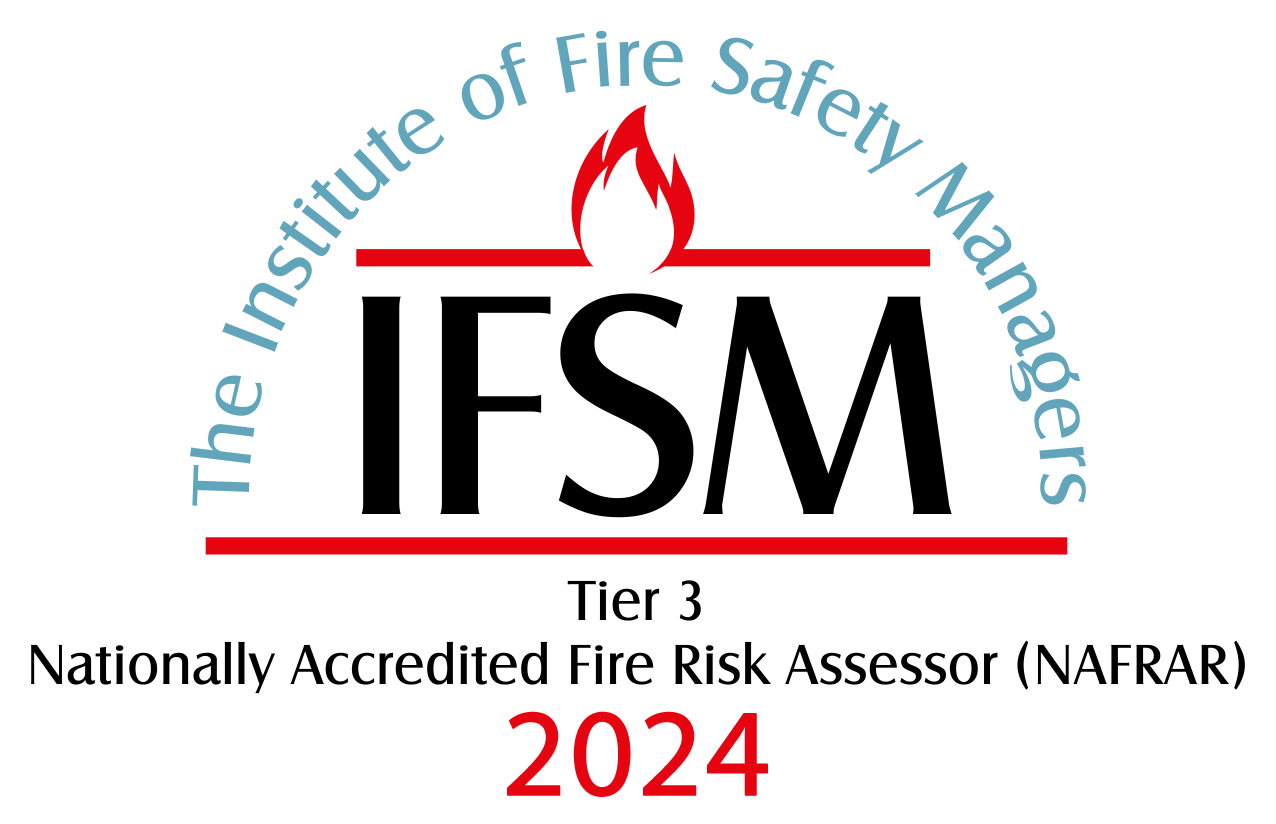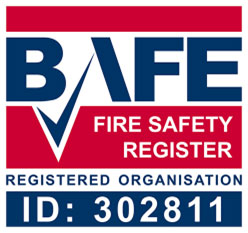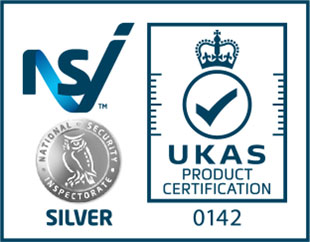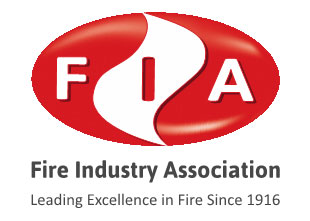Fire Risk Assessments for Flats and Apartments
The Regulatory Reform (Fire safety) Order 2005 (Amended): This legally requires a fire risk assessment to be carried out in blocks of flats & Apartments and houses converted into flats. This is carried out in the communal areas, riser cupboards, plant rooms etc. There is also a requirement for a selection of flat doors to be inspected




Get In Touch
Who Should I Use to Carry Out the Fire Risk Assessment?
Only competent persons should carry out fire risk assessments.
We are 3rd Party accredited by BAFE SP205
Richard is also 3rd Party accredited and audited by the Institution of Fire Safety Managers (Tier 3 assessor)
Please see the link to the National Fire Chiefs Council guide to finding a fire risk assessor.
Looking For Fire Risk Assessment?
Speak to us 020 8619 0443
There are now new pieces of legislation that apply to fire safety in blocks of flats and apartments.
- The Fire safety Act 2021. This now requires that flat front doors legally become part of the FRA and external wall facades need to be inspected to establish if they present a risk to external fire spread
- The Fire safety (England) Regulations 2022. This piece of legislations gives further requirements for higher rise buildings such as fire door checks, facilities and information for fire fighters, resident engagement and fire doors etc
- Building Safety Bill 2022 Establishes a more effective regulatory and responsibility framework for the construction industry and introduces clearer standards and guidance. Clarifies who has responsibility for fire and building safety throughout the life cycle of a higher-risk building.
OR CALL NOW 020 8619 0443
Why should you use G.F Fire Solutions for your Fire Risk Assessment?
Quick Turnaround
Highly Detailed Reports
Ongoing Support
What Is Looked at in a Fire Risk Assessment?
We look at a large number of items in our consideration during the fire risk assessment, here are some of the items below:
- How high is the building
- How is the building constructed, is it purpose built or a conversion
- Is there a risk of external fire spread
- Who occupies the building, can everyone self-evacuate?
- Electrical risks
- Solar panels, we now use a drone to take photos of the site to look for solar panels or not on the roofs (Where possible and subject to flight restriction zones as per CAA requirements) and if there are isolation facilities for fire fighters to use

Location of solar panels

No build-up of leaves and no obvious bird infestation
- Smoking risks
- Risk of arson
- Heating if applicable
- Are there any cooking facilities?
- Lightning protection if applicable
- House keeping and storage
- Risks produced by contractors
- Lithium or lead acid battery charging. Lithium batteries are causing a huge fire safety problem such as E-Bike and E-Scooters especially where they are being charged in escape routes
- Electric car charging points, we look at the protection to car charging points, if they are serviced etc And if there are isolation facilities for fire fighters to use

EV Chargers
- Protection to the means of escape (Corridors and staircases). This refers to any escape route in a building to check it is clear of obstructions, and ensure residents can escape safely

Bikes in means of escape
- Fire doors, we look at communal fire doors and a selection of residents flat front doors to ensure they comply with fire safety standards and able to self-close correctly to stop the spread of toxic smoke and fire in a building.

Flat front doors example

Flat front doors example
- Compartmentation. This means will the walls, floors and ceiling stop a fire spreading through a building. In many buildings we find that fire stopping has been carried out using incorrect materials

Incorrect use of PU expanding foam

Incorrect use of PU expanding foam
- Compartmentation. This means will the walls, floors and ceiling stop a fire spreading through a building. In many buildings we find that fire stopping has been carried out using incorrect materials

Incorrect use of PU expanding foam

Flat front doors example
- Emergency lighting to ensure residents can escape in the event of a power failure

Emergency escape lighting example
- Wayfinding signage or also referred to a fire escape signage. Most blocks of flats don’t require this but it is required in more complicated buildings. Other fire safety signage such as fire door keep closed or electrical warning signs.

Fire door keep shut sign

Missing electrical warning sign
- Fire alarm systems
Did you know? Most blocks of flats and apartments do not require a fire alarm system in the communal areas. The majority of purpose-built blocks of flats are designed to hold a fire within a flat and means you are usually safer to remain in your flat - Fire extinguishers. We don’t like these in communal areas in flats as it could encourage residents to get an extinguisher and then return to the flat to try to put the fire out. We just want the residents to evacuate and not risk their lives
- Sprinklers and automatic air vents if applicable
- The management of the building
- Facilities for fire fighters such as dry risers and how the fire service can access the premises, are trees obstructing their access?

Dry riser inlet

Dry riser outlet example
Do HMOs (Houses in Multiple Occupancy) need a fire risk assessment?
Yes, all HMO’s do require a fire risk assessment. We will look at similar items as in flats such as fire doors, emergency lighting, fire escape routes, electrical and cooking risks and resident engagement
Most councils require an FRA to obtain a HMO licence.
Looking For Fire Risk Assessment?
Speak to us 020 8619 0443
Contact us today to discuss your requirements
- 020 8619 0443
- info@gffiresolutions.co.uk

